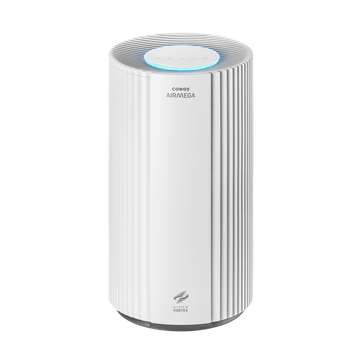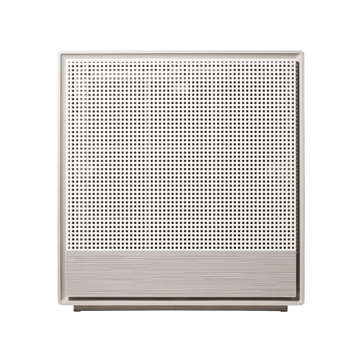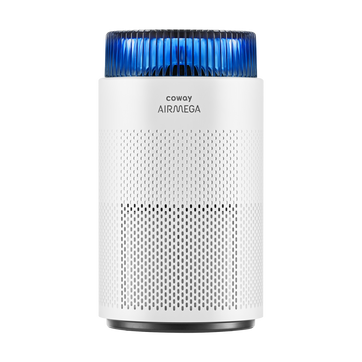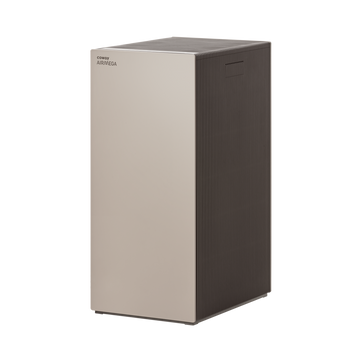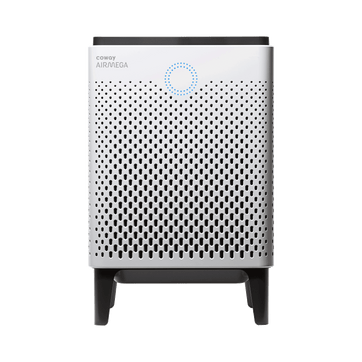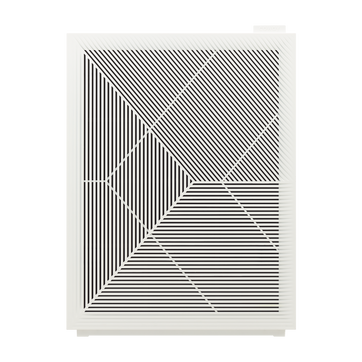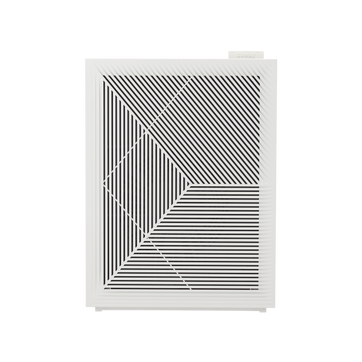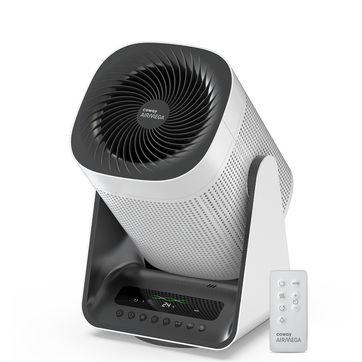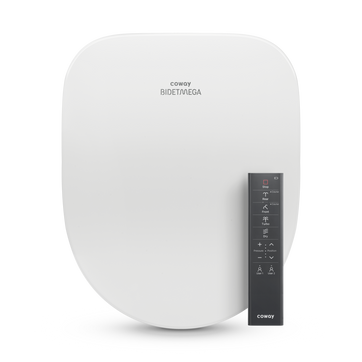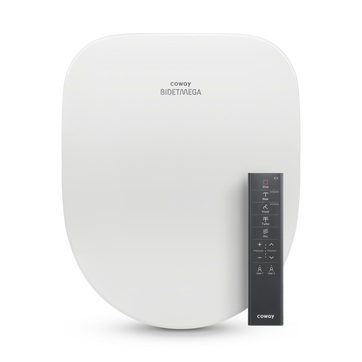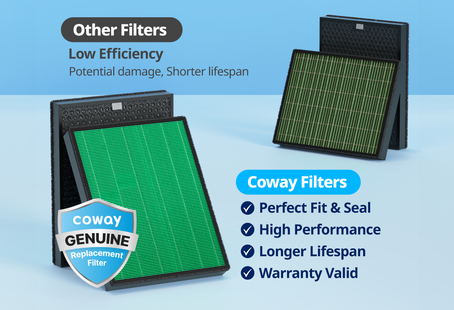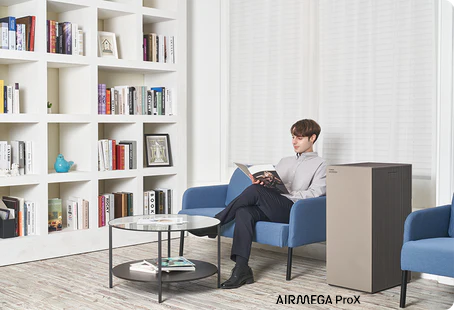
Three ways air pollution can make you sick
It’s no secret that air pollution has been connected to a great many health problems. But a series of studies shows it’s also associated with increases in hospitalizations due to heart and respiratory health emergencies—and that the phenomenon occurs not just in the U.S., but also other countries.
Acute respiratory distress syndrome in the U.S.
Acute respiratory distress syndrome (ARDS) is a rapidly progressive disease in critically ill patients suffering from conditions such as pneumonia and traumatic injury. The most serious complication is that fluid leaks into the lungs, impairing the ability to breathe.
Because the elderly are particularly at risk for the disease, researchers at Harvard University studied nearly 30 million Medicare beneficiaries discharged from U.S. hospitals from 2000 through 2012 to find a connection between ARDS sufferers and air pollution. Researchers first examined hospital data, tracking admissions by zip code due to ARDS.
The team then developed statistical models using the annual average air concentrations of particulate matter and ozone for those areas. The models showed a significant association between annual increases in particulate matter and ozone concentrations, and in hospital admission rates for ARDS among elderly patients.
Bronchiectasis in Scotland
Researchers at the University of Dundee, Scotland studied nearly 15 years of data for air pollution in Perth, Dundee and surrounding areas and matched that to medical records of 430 patients suffering from bronchiectasis, a chronic breathing condition. On days when air pollution increased, they found a corresponding rise in hospital admissions and medical visits among patients with breathing problems. The impact of poor air quality was most significant in areas with heavy traffic and during hot summer days.
Atrial fibrillation in Rome
In Rome, researchers studied the connection between the inhalation of air pollution, including particulate matter, and increases in emergency room visits by patients with atrial fibrillation (AF), the most frequent type of cardiac arrhythmia. They analyzed 14 years of daily hospital emergency visits to correlate AF and pollution levels in Rome. Their finding: A high concentration of pollution was associated with a rise in the number of emergency room visits for AF within 24 hours of breathing the polluted air.
What you can do
On days when the air quality is poor, try to stay indoors, if possible. And keep windows closed. In addition, a smart air purifier with a HEPA filter, like Coway Airmega, can help eliminate harmful pollutants from your indoor air.
Disclaimers
1Coway air purifiers has been proven to trap dust, pollen, dander, viruses and bacteria in the air based on KCL (Korea Conformity Laboratories) testing.They have been tested in a 30㎥ size chamber according to the Korea Air Cleaning Association standard (SPS-KACA 002-132:2022 Modified) to measure the 0.01㎛ size of particle removal rate. It was tested on maximum airflow speed in normal room temperature and humidity conditions. The performance may vary in the actual living environment of customers.
→ Tested with Airmega Aim, 150, 160, AP-1216L, AP-1512HH, AP-1512HHS, 200M, Icon, IconS, 230, 240, 250, 250 Art, 250S, 300, 300S, 400, 400S, ProX
299.97% of viruses, bacteria, fungi and pollen were verified to be removed from the air for Coway air purifiers which have Green True HEPA™ filter applied based on the Japan Food Research Laboratories(JFRL) testing according to JEM 1467 standard.
→ Tested with Coway Airmega AP-1512HH, AP-1512HHS, 250, 250 Art, 250S, 300, 300S, 400, 400S
→ All tested by JFRL and received above result within below time.
All tested by JFRL and received above result within below time.
- Virus: Tested with Escherichia coli phage ΦX174 NBRC 103405, 60 minutes
- Bacteria: Tested with Staphylococcus epidermidis NBRC 12993, 60 minutes
- Fungi/Mold: Tested with Penicillium citrinum NBRC 6352, 60 minutes
- Pollen: Tested with Cedar Pollen extract, 60 minutes
3Aerosol test conducted in a Biosafety level 3 laboratory with two Coway air purifier models, Coway Airmega 250 and 400 for removal of SARS-CoV-2 Aerosol by US based MRI Global, a not-for-profit laboratory and partner of US Department of Defense. The test was conducted in a 13.1ft3 chamber. Virus was aerosolized for 15 minutes and the product was turned on high for 2 minutes. Result showed each product effectively removed over 99.98% of the SARS-CoV-2 in 2 minutes. This is a result from a laboratory experiment condition and result may vary in different conditions. This result does not imply it kills SARS-CoV-2 or prevents the transmission of Covid-19. Coway Airmega 250S and 400S are identical to the tested models and has equal performance with an additional mobile connectivity function.
4The concentration of ammonia, acetaldehyde and acetic acid were proven to be removed within 30 minutes by FCG Research Institute, Inc. Human Life Science Lab. It is not a demonstration result in the actual use space. Not all odors and gases may be supported. → Tested with Coway Airmega 150, 160, AP-1512HH, AP-1512HHS, 400, 400S
5The coverage area of the air purifier is based on an area where the air cleaner can make two air changes per hour (ACPH). An air change per hour translates to how many times an air purifier can clean an area, assuming the height of a ceiling to be 8 ft, in one hour. Therefore ** means two air changes per hour means that the cleaner can clean the area once every 30 minutes and * means air changes per hour means that the air purifier can clean the area once every 60 minutes.
10Terms and conditions apply. Discounts, including promotions, coupons, bundle discount and subscription discount, cannot be stacked on top of other coupons. During promotional periods, discount codes will not be able to be applied to orders. Promo codes may apply to products only—filters, accessories, and new products within 3 months of the release date are not included.
